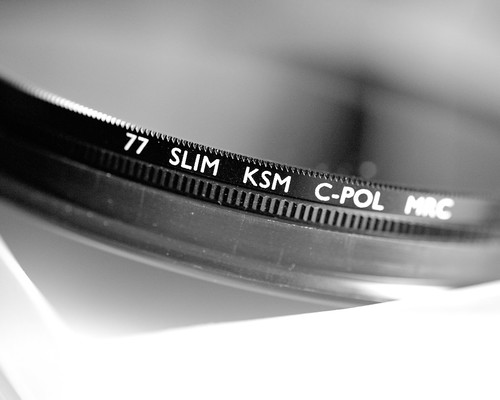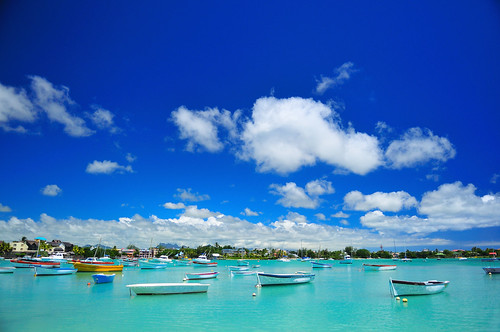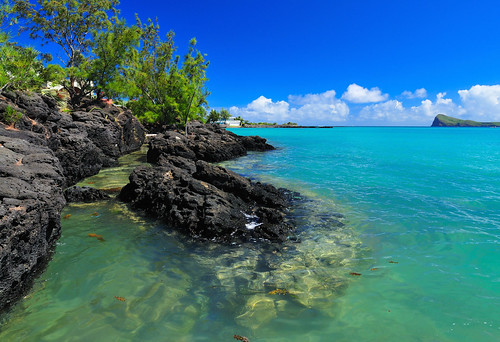
What is a polarizer for?
For Landscapes - Turn the sky really blue, makes the clouds pop and cuts down reflection especially from the water.
For Products with reflective surfaces - Cuts and remove reflections from the glass e.g. watches or even glasses.
I see circular and linear versions which should I get?
There has been a lot of questions on the Internet with regards to linear vs. circular polarizer and some of you may have stumbled upon this site seeking answers. Well to keep the long story short if you use a manual focus lens which does not support through the lens (TTL) metering then use the linear version its cheaper. If you use auto focus or TTL metering please use circular polarizer.
How do you use it?
Mount it on your lens like you would your UV filter, point it at your subject and turn it until it achieved your desired effect.
What is the difference between the slim and normal type?
With the slim type you can stack it on top of your existing UV filter without introducing significant vignetting around the edges that way you don't have to juggle between the two filters.
Which brand is good?
Depending on your brand preference and budget. Since you have invested heavily into good lenses the last thing you want is to invest in substandard filters which would impact your picture quality. So buy the best you can afford.
Can I see some sample pictures please?
Of course you can have a look at the images below from Mauritius. Taken with a Nikon D300 + Nikkor 17-55mm f/2.8 + Hoya Pro1D UV Filter + B+W Kasemann KSM CPL Filter.










No comments:
Post a Comment